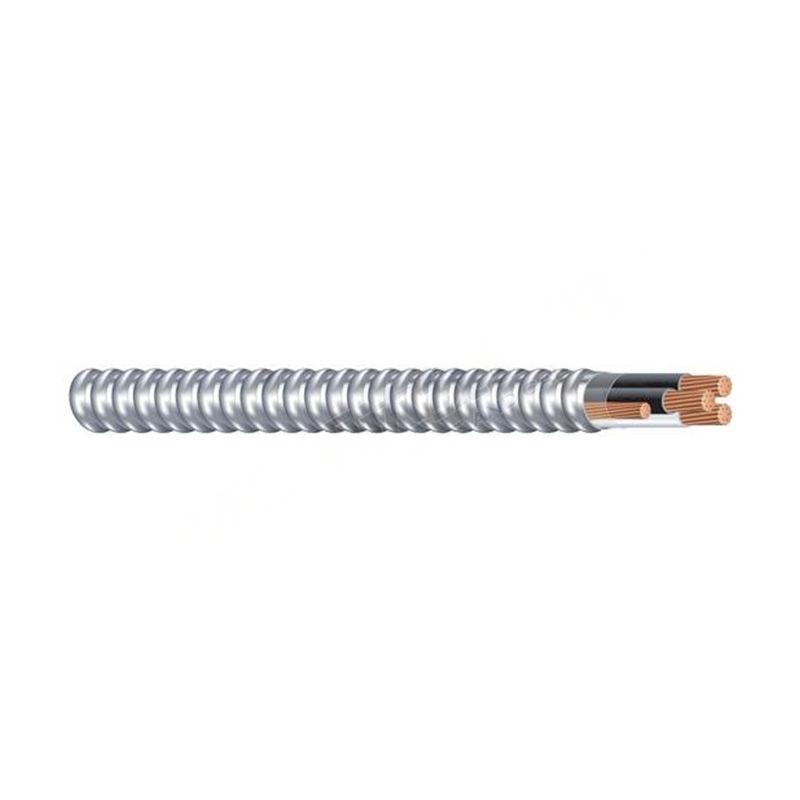Dec . 05, 2024 14:29 Back to list
rising stem gate valve
Understanding Rising Stem Gate Valves Functionality and Applications
Gate valves have long been a staple in industrial piping systems, known for their ability to fully open or fully close a flow path. Among the various types of gate valves, the rising stem gate valve stands out due to its unique design and operational benefits. This article delves into the functionality, advantages, and applications of rising stem gate valves.
What is a Rising Stem Gate Valve?
A rising stem gate valve is a type of valve characterized by a stem that moves vertically as the valve is opened or closed. The design consists of a wedge-shaped gate that slides between two seats. When the valve is opened, the gate is lifted out of the flow path, allowing fluid to pass through. As the valve closes, the gate descends to seal against the seats, preventing fluid flow.
The key feature of a rising stem gate valve is its stem when the valve is turned using a handwheel or actuator, the stem rises and falls in tandem with the gate. This motion is visible, providing a straightforward indication of the valve's position.
Advantages of Rising Stem Gate Valves
1. Visual Position Indication One of the most significant advantages of rising stem gate valves is that the position of the gate is easily visible. Operators can quickly determine if the valve is open or closed, enhancing the safety and efficiency of operations.
2. Low Torque Requirement These valves are designed to require less torque compared to other types of valves, making them easier to operate manually or mechanically. This is especially beneficial in larger valves where manual operation might be impractical.
3. Minimal Flow Resistance When fully open, the gate of a rising stem gate valve allows for minimal flow resistance. This characteristic makes these valves ideal for applications where a straight-through flow is desired, such as in water supply systems or in processes requiring quick fluid transfer.
4. Suitable for High Pressure Rising stem gate valves can handle high-pressure applications effectively. Their robust design makes them suitable for use in industries ranging from oil and gas to water treatment.
rising stem gate valve

5. Durability Constructed from high-quality materials, rising stem gate valves are built to withstand harsh environmental conditions and provide a long service life when maintained properly.
Applications of Rising Stem Gate Valves
Rising stem gate valves are employed across various industries due to their versatility and reliability. Here are some common applications
- Water and Wastewater Treatment These valves are frequently used in water treatment plants for controlling the flow of water, helping to manage operations efficiently while ensuring optimal water quality.
- Oil and Gas Industry The robust design of rising stem gate valves makes them an essential component in pipelines and refineries, where they control the flow of crude oil, natural gas, and other critical fluids.
- Power Plants In power generation, rising stem gate valves are used for regulating the flow of steam and cooling water, playing a crucial role in maintaining effective operational processes.
- Chemical Processing The ability of these valves to handle corrosive materials makes them suitable for many chemical applications, protecting infrastructure and ensuring safe operations.
Conclusion
In summary, rising stem gate valves offer distinct operational advantages that make them invaluable in various industrial applications. Their straightforward design, visual position indication, low torque requirements, and ability to handle high-pressure environments set them apart from other types of valves. As industries continue to evolve, the importance of reliable and efficient control mechanisms, such as rising stem gate valves, will persist, ensuring the smooth operation of critical processes across diverse sectors. Understanding their functionality and applications not only helps in selecting the right valve for a specific need but also enhances the overall efficiency and safety of operational practices.
Share
-
Advanced Technology in Wire and Cable FactoryNewsAug.19,2025
-
Applications of Ball Check Valve in Water Treatment PlantsNewsAug.19,2025
-
How Osy Gate Valve Ensures Leak - Tight SealingNewsAug.19,2025
-
Selection Criteria for Wafer Type Butterfly ValveNewsAug.19,2025
-
Threaded Ball Valve Pressure RatingsNewsAug.19,2025
-
Y Strainer PN16 Cost - Effectiveness AnalysisNewsAug.19,2025


